Author Recent Posts Syed Basim Raza Latest posts by Syed Basim Raza (see all) SCO Tianjin Summit and the shifting balance of power – October 1, 2025 What can be done to save the future of Pakistan’s Northern Communities amidst Climate disasters? – September 10, 2025 Is Israel using starvation as a tool of Genocide
The fallout of US weapons in Afghanistan holds a significant threat to Pakistan’s security, with an amassing potential of terror elements, exacerbating militancy and cross border attacks, and regional instability. After the sudden withdrawal of the US from Afghanistan in 2021, the left out military equipment raised alarm bells across the region about its potential use by insurgents and militant groups. As soon as the Taliban seized power in Afghanistan, the massive number of advanced weaponry provided to the Afghan National Security Forces (ANSF) was abandoned, which in turn created a vacuum that allowed these weapons to fall into the hands of terrorist organizations such as the Tehreek e Taliban Pakistan (TTP). The situation not only poses a threat to the internal stability of Afghanistan but also proves as a direct threat to the security of Pakistan, especially in the western and northwestern border region.
The Afghan government collapse exposed a substantial accumulation of combat equipment which included basic firearms alongside unmanned aerial vehicles and armored combat vehicles across Afghanistan. The United States abandoned $7 billion in military assets during the retreat while some of these assets apparently ended up in the hands of militant groups. The failed Afghan government left behind extensive military equipment, which has many worried about increasing militant aggression in both Afghanistan and Pakistan. Militant groups TTP now have better equipment from the Taliban alliance, which enables them to conduct more complex attacks within Pakistani territory and threaten national security.
The immediate concern for Pakistan stems from militant groups receiving military hardware, specifically those operating inside its territory. The addition of US-made weapons to militant arsenals would substantially elevate the fighting capability of TTP alongside other insurgent groups and their attack capabilities would advance accordingly. Pakistan’s security situation remains insecure under Taliban rule because they show no intention to stop terrorist organizations such as TTP which attack Pakistan’s state controls. Insurgent capabilities improve when they acquire advanced weapons systems because they can execute more successful coordinated strikes against Pakistan’s security forces.
The Afghanistan-Pakistan frontier which has always represented a major trans-frontier militant hot zone has become more insecure because guns have spread throughout the region. During the time of Taliban rule Pakistan experienced an amplified level of attacks carried out by militants operating out of Afghanistan. US-made military equipment including drones and armored vehicles enables terror groups to perform better planned and fatal attacks. The situation endangers Pakistan’s territorial sovereignty and develops the chance of extensive conflict spreading throughout neighboring territories.
The security of Pakistan depends heavily on its nuclear arsenal that continues to safeguard the region through deterrence. However, the proliferation of sophisticated weaponry in Afghanistan, especially in the hands of radical insurgents, poses a direct threat to these assets. The potent weaponry flowing into Afghanistan represents a growing threat to organized attacks on military and nuclear facilities as Pakistan carefully implements strict nuclear protection measures. The security challenges in Pakistan would become more severe as a result which would make it harder for the country to preserve its vital strategic assets.
US weapons deployed in Afghanistan produce consequences which affect Pakistan’s relations with China and India throughout the region. The security situation in Afghanistan continues to evolve under strict observation by both Pakistan and China. The strategic relationship between China and the Taliban allows China to pursue more significant influence in the surrounding area. India maintains caution regarding the Taliban revival because it suspects this development could trigger security chaos across South Asia. The distribution of American weapons throughout Afghanistan would affect security evaluations from China and India, potentially resulting in heightened regional tensions that would also complicate Pakistan’s diplomatic strategies.
The international community stands essential to manage the danger emerging from US weapon proliferation in Afghanistan. Security and destruction operations of remaining US military equipment require direct involvement from the United States forces and NATO as international stakeholders. Diplomatic teams should concentrate on stopping these weapons from entering insurgent group territories. Mutual cooperation among Pakistan and Afghanistan and their nearby nations represents a fundamental method to reduce potential security hazards linked to this weaponry. The United Nations demands enhanced cooperation to stop small arms and light weapons from reaching terror organizations since this development requires unified management of the threat.
The abandonment of United States weapons in Afghanistan poses an escalating danger that jeopardizes Pakistan’s security conditions. The regional stability challenges demonstrate clear urgency to take action against these conditions. Regional powers and the United States should join forces to stop the escalation and maintain stability throughout the South Asian region. The absence of such countermeasures will permit US weapons in Afghanistan to substantially affect Pakistan’s security situation.
- SCO Tianjin Summit and the shifting balance of power - October 1, 2025
- What can be done to save the future of Pakistan’s Northern Communities amidst Climate disasters? - September 10, 2025
- Is Israel using starvation as a tool of Genocide in Gaza? - August 28, 2025

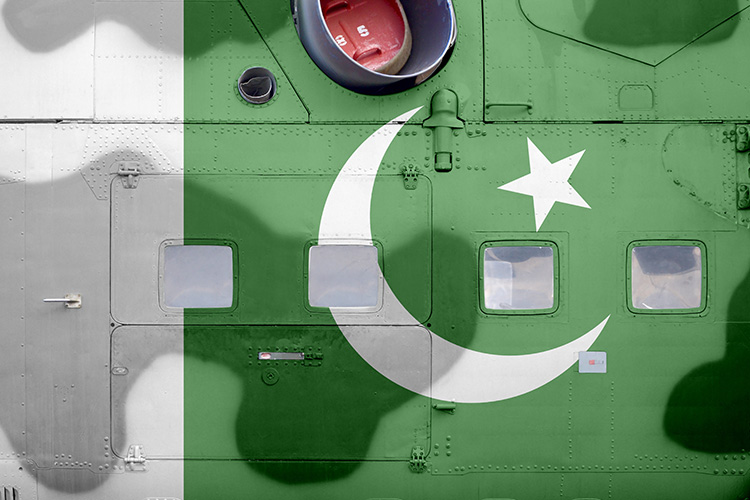



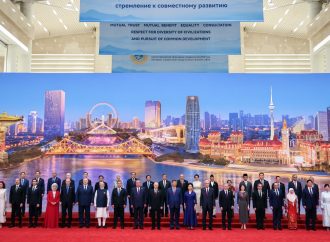
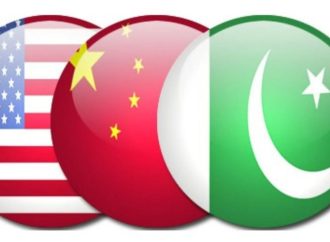
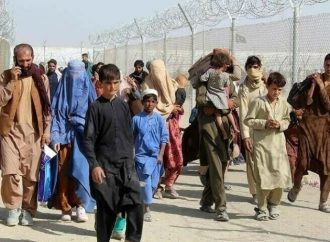




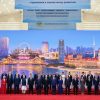




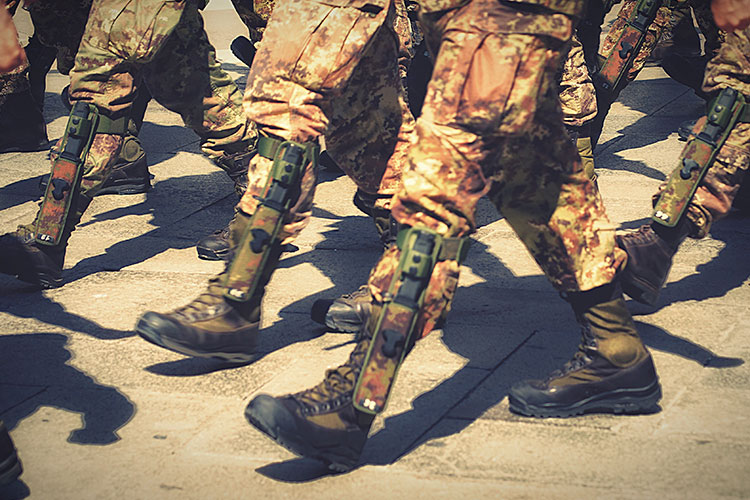
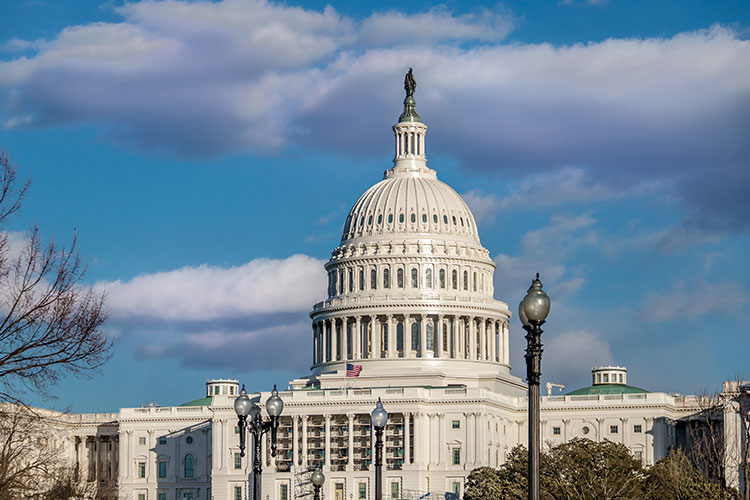

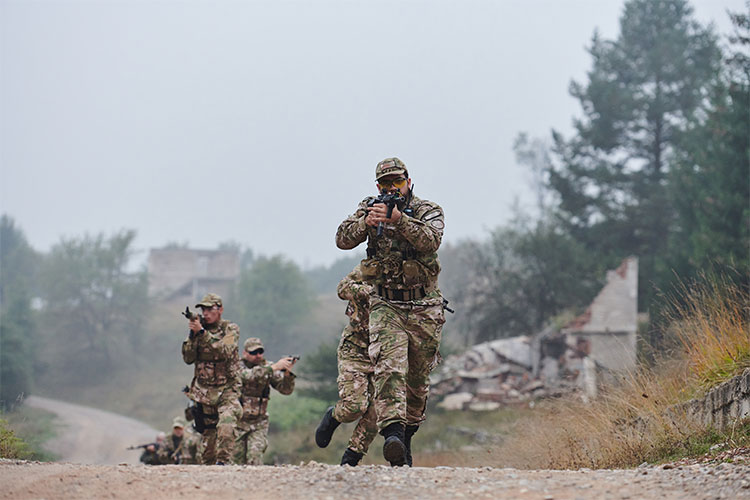

Leave a Comment
Your email address will not be published. Required fields are marked with *